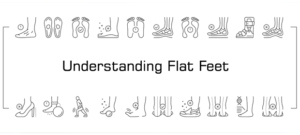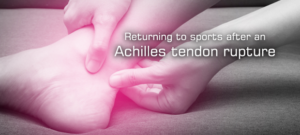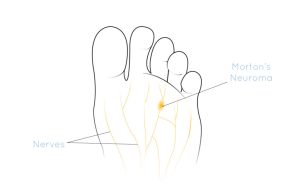Running Injuries
People take to the streets every day, reaping the benefits that exercise brings. However, sports Injuries related to running are extremely common and mainly affect the lower extremities (foot, ankle, and legs). There are various structures affected in the lower extremities, some common running injuries and foot and ankle pain resulting from running are outlined below:

Tendonitis
We have many tendons around the foot and ankle. A sudden repetitive increase in activities or sudden blow to the foot from an accident can cause damage and pain in your tendons. Minor damage may settle with conservative management of activity modification, custom insoles or physiotherapy. However, further intervention is often required and can involve:
- Therapeutic injection of corticosteroid
- PRP (platelet rich plasma)
- Offloading in a walking boot
- Surgery
Shin Splints
This is an umbrella term used to describe pain in the shins during or after running. There are several structures that can be aggravated to produce shin splint symptoms. These include the tibia bone where the stress on the bone exerts its usual level. Other times, the tendons next to the bone can be aggravated. A gait analysis will normally be performed to observe the body’s dynamic function and clinically identify the symptomatic structures. Treatments often include:
- Changing the style of running shoes
- Use of custom insoles
- Gait retraining
- Physiotherapy.
Stress Fracture
Stress fractures develop when the bone repetitively exerts its accustomed level of stress. The bone becomes bruised and can then gradually break down from the inside. It will usually be painful to walk using the damaged bone and the area will likely be swollen. X-ray or MRI imaging are usually requested to visualise the area. Treatments usually involve:
- Offloading the foot with a walking boot and crutches
- Sometimes custom insoles at the later healing stage can help with optimising the foot function
Knee Pain
Knee pain after running is usually successfully treated by altering the motion at the knee. A video gait analysis will allow slow motion replay and to assess how the knee is functioning. Intervention often involves hip and glute muscle strengthening exercises, use of custom insoles, and gait retraining. If damage to the cartilage has been sustained, you may require referral to a an orthopedic lower limb specialist to assist with your knee injury or lower leg running injury.
Find out more on foot and ankle injuries resulting from running
Frequently asked questions
This will vary between runners especially if you have a history of injuries. Generally, progressive loading is a safe rule to follow but the speed of the increase will vary depending on your current level of activities.
There are many structures around the knee but the amount of loading through the knee should be gradually increased, and checking your biomechanics could help. A gait analysis carried out by a podiatrist should be able to identify risk factors, and then some advice can be given, which may include stretching and strengthening exercises and orthotics.
There are many injuries that can develop from running. These usually include bone and tendon issues such as stress fractures and tendinopathies. You can also develop joint pain from overloading or poor biomechanics.
Running injuries should be looked at by a podiatrist who can assess you and diagnose the problem. Sometimes imaging is required for a firm diagnosis.
Related Information
Thoughts and advice on foot health care from the Podogo team.


















































